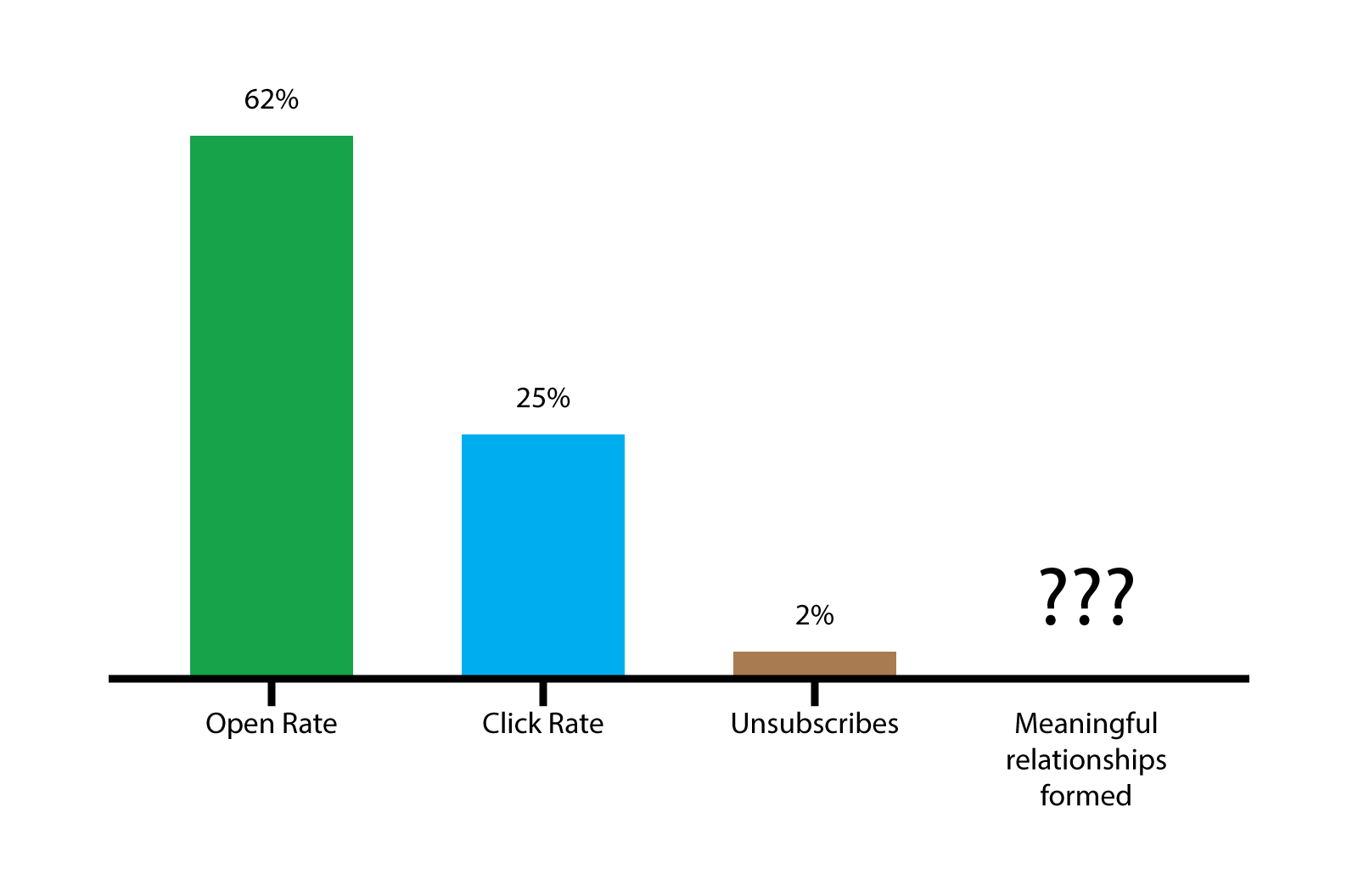It's very likely that you missed it, but a sea change is underway that's going to fundamentally change the way we communicate with our audiences.
At their Worldwide Developer Conference this year, Apple's conference for developers which generally plays host to the announcement of new features and technology, they announced that in the next iteration of iOS, the built-in Mail app will block spy pixels. What are spy pixels?! Spy pixels are the invisible pixels that are included in almost every bulk email, that report back to the sender when the email was opened, how often, and so on. If you've ever sent a bulk email through Mailchimp or a similar service, that's how they got the stats.
With Mail Protection Privacy, iOS will allow users to choose to "Protect Mail activity" or "Don't protect Mail activity", rendering these spy pixels inoperative while letting you read the email. If you have an idea of which option people will choose, you're probably right – 96% of US users opted out of app tracking in a similar feature launched earlier this year.

It may seem like a small tweak, but open rate is the most ubiquitous, important metric that senders use to check whether what they're sending is working for the audience they're targeting. Given how many people use the built in Mail app – in one stroke they'll destroy this metric's authority.
Not only that, just like Google followed Apple's app privacy lead, it's a very safe bet that they'll follow their example here as well. They don't want to – Google thrives on the sweet nectar of pilfered user data – but in order to compete they'll have to. It's just business.
This move has thundering repercussions for the world of marketing and commerce – but I think that it also signals a crucial turning point for Catholic parishes, dioceses and organizations and how they communicate. This initial move towards privacy is incremental, but it's a clear signpost to the future.
Some see a future where intelligent machines communicate at scale to audiences of thousands, using metadata and algorithms to fine-tune content to each user, tracking them across all platforms. Marketing today is not far from this reality, and Church communications are trending towards this as well. How many parishes are using Google Analytics to track their visitors? How many are sending automated birthday messages?
It's easy to see why the Big Data, automated relationship management model is so attractive to overworked Church staff, but it's a red herring. Not only is it increasingly clear that users will essentially opt out of technological advances that don't treat them with respect – its always been the case that Catholicism is about authentic relationships. That isn't going away. Automation is fine, but it has to be automation that responds to actual needs from the user, not a bandaid to help organizations pretend they're doing something.
If our technology isn't ultimately in the service of forming real, one-to-one relationships, it's just an expensive pantomime. Worse, the more people learn about how communication tracking and automation systems work, the more risk we run of actually alienating them. It might be better to forgo that automated birthday greeting than to leave someone feeling duped when they realize that it wasn't actually the pastor wishing them many happy returns, it was a data-mining relationship robot.

Communicate easily
Need a parish website that helps you foster real relationships with your parishioners?
Try SimpleParish
